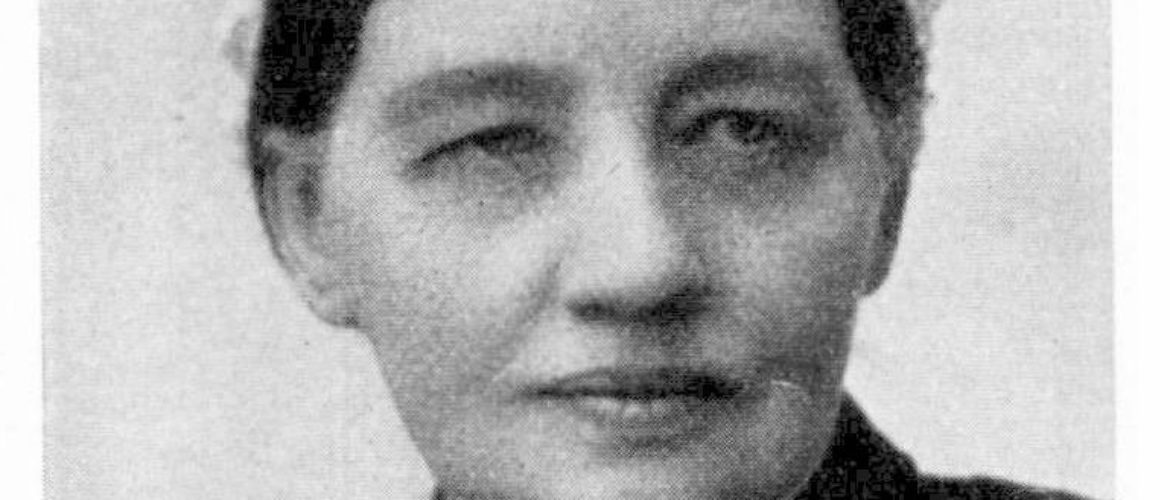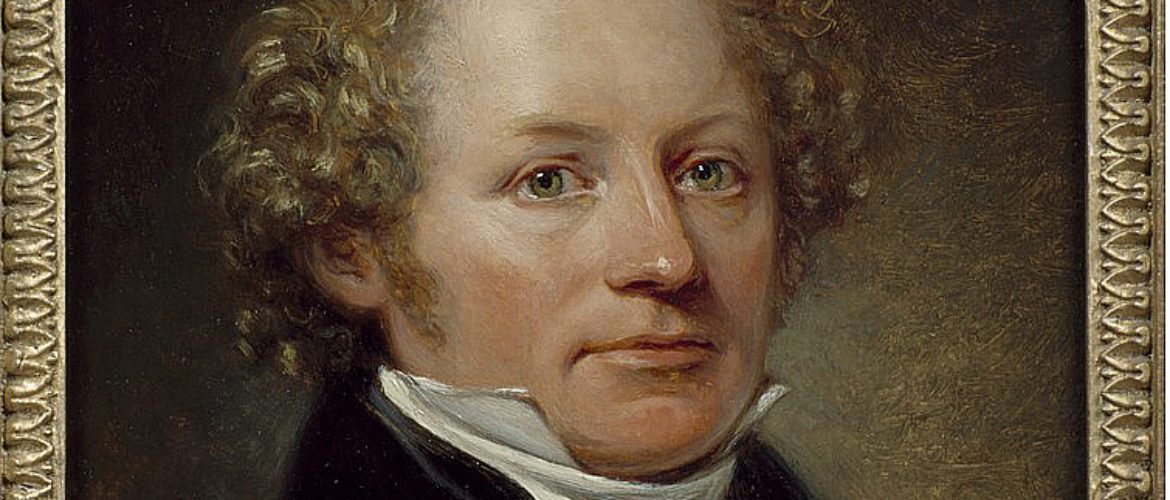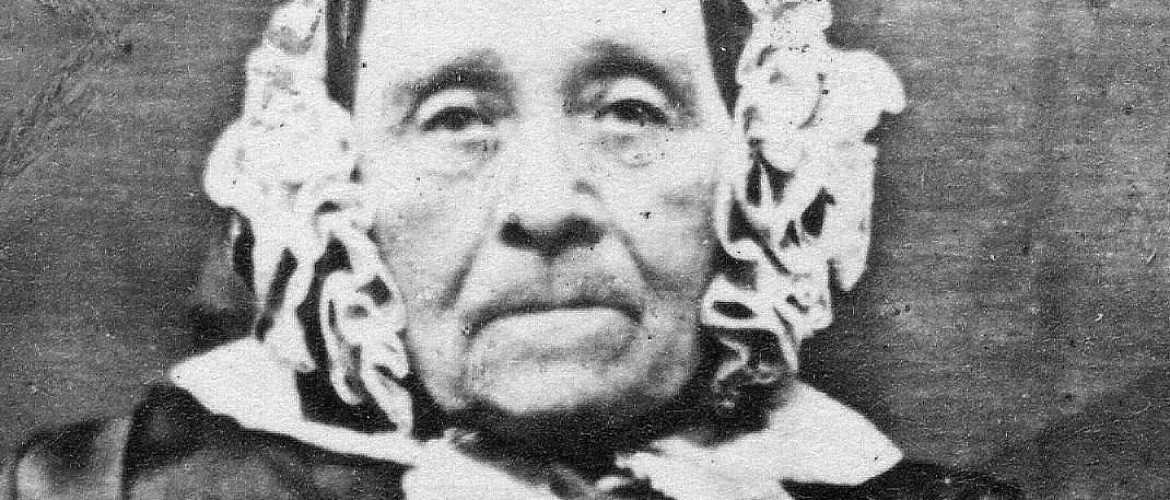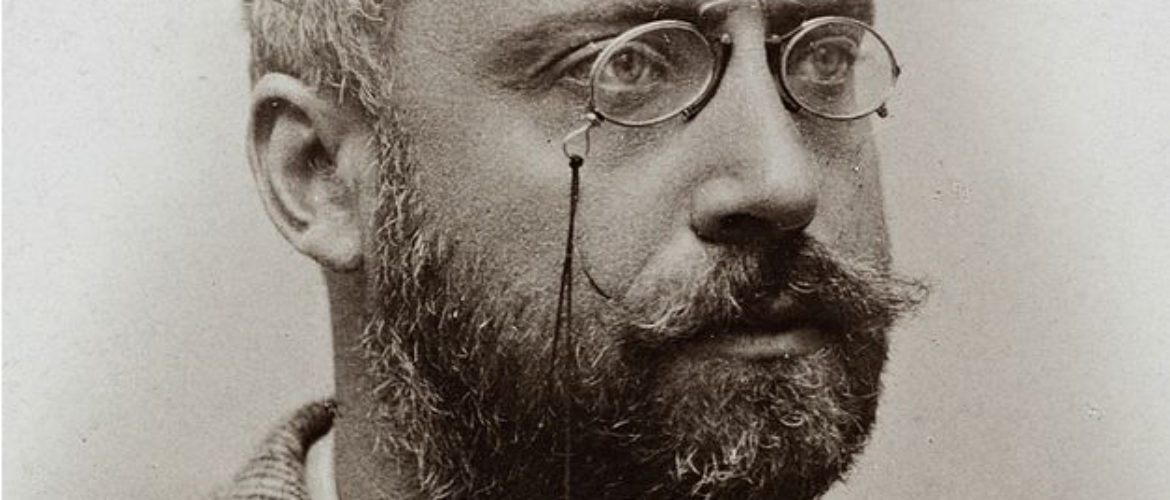1815–1880.
Poet, photographer.
After the father Gustav, who was vicar of Västeråker and Dalby, died in 1828, the mother Alida and her daughter Thekla moved to Uppsala. They settled in the house at the northern end of Östra Ågatan, which is now part of the Fjellstedtska school's premises.
Thekla Knös and her mother came to be known in Uppsala as "the little Knösarna" and participated diligently in the city's social and literary life. Thekla Knös gave language lessons and "The little Knösarna" also held a literary salon in the home with the participation of Geijer, Atterbom, Järta, Törneros and Wennerberg. Knös also made translations, which was an income for several 1900-century women from the upper middle class.
At Atterbom's invitation, Knös competed in the academy with the poem Cycle Ragnar Lodbrok and won the Swedish Academy's grand prize 1851. Several of her works were also tinted.
She also published photographs of the past Uppsala, the bookThe year, with the subheading Drawings from Childhood, as well as fairytale books and other books for children.
After her mother's death in 1855, Knös suffered deep sadness and what kept her up was her religiosity and friends. She was a resident of various friends and relatives and was also taken care of by Malla Silfverstolpe for a period. Her mental health deteriorated however, and Thekla Knös died after 16 years of stay at Växjö Hospital.
The following example of Knös' poetry is taken from the poem "Desire in the auditorium" from Poems, vol. 1-2, 1852–1853.
Ah, the glorious Hall now became.
Alas, it was hastily replaced
To the quiet, shady valley.
Where happy hours have fled!
O! Would be soft the diva
My dear, mossy stone!
And the carpet-floral plan,
and the lamp-the glow of the evening sun!Ah, would be the whispering Tern
A slim and shimmering birch;
Be bowing Lord-how willingly!-
A spruce that whispered dark!
The music-the chirping of birds
And the Buzz- the flood's song!-
But – in the saloon I sit,
And the time is long for me.
Burial site: 0112-0591
Image description: Thekla Knös, unknown year. Photo: Swedish Biographical dictionary / National Archives. [The image is cropped]
Click here for an uncropped image










